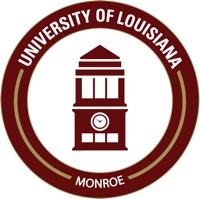Below is a summary of the abstract you submitted. Presenting author(s) is shown in bold.
If any changes need to be made, you can modify the abstract or change the authors.
You can also download a .docx version of this abstract.
If there are any problems, please email Dan at dar78@pitt.edu and he'll take care of them!
This abstract was last modified on May 1, 2015 at 11:06 a.m..

Four novel Rhodococcus erythropolis phages were isolated from northeast Louisiana area soil samples. To date, Rhodoccocus phages Chewy VIII and Trina have been sequenced (Illumina Sequencing, University of Pittsburgh) and their genomes annotated with the DNA Master bioinformatics platform. Chewy VIII is a siphoviridae phage with 69,165 bp including a 10 bp 3’ overhang, 100 open reading frames (ORFs) and no tRNA gene coding regions. Trina is 139,262 bp including a 2860 bp terminal repeat and has 249 ORFs and 25 tRNA genes. While functional gene calls can be identified for both genomes, the majority of open reading frames have no sequence homology to any known gene product currently found in GenBank and are consequently labeled as ‘orphams’. Phamerator comparison of a number of recently sequenced Rhodococcus phages indicates that both ULM isolates are significantly different from other existing isolates and are currently designated as ‘Singletons’. Chewy has some BLASTn hits to Gordonia phages but only ~20% query coverage. While Trina is about the same size as Rhodococcus phages Grayson and Peregrin, it is only ~10% similar at the nucleotide level. A BLASTn comparison of Trina and Chewy VIII against the Mycobacteriophage database revealed that Trina displays some limited similarity to L1 cluster mycobacteriophages while Chewy VIII shows a higher degree of similarity to M cluster phages.
